
Send your inquiry: sales@cncdsteel.com

Send your inquiry: sales@cncdsteel.com
430 stainless steel is a universal steel with good corrosion resistance, better thermal conductivity than austenite, smaller thermal expansion coefficient than austenite, heat resistance fatigue, adding stabilized element titanium, good mechanical properties at the weld. 430 stainless steel used for building decoration, fuel burner parts, household appliances, home appliance parts. 430F is 430 steel with free cutting properties, mainly used in automatic lathes, bolts and nuts.…
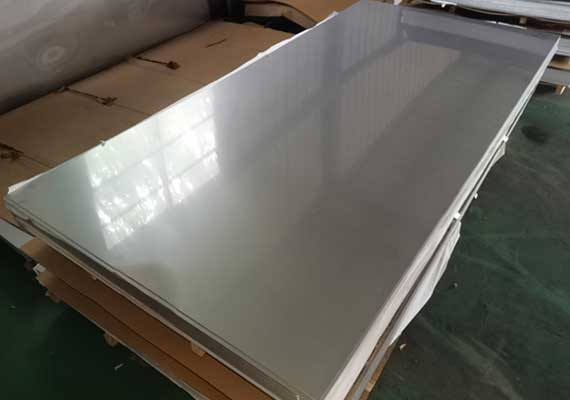

Stainless Steel Sheet
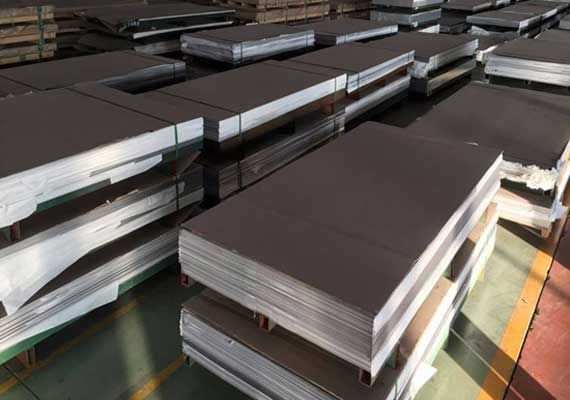
Stainless Steel Sheet
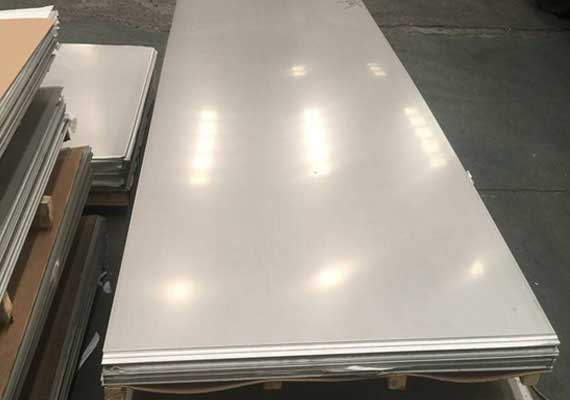
Stainless Steel Sheet
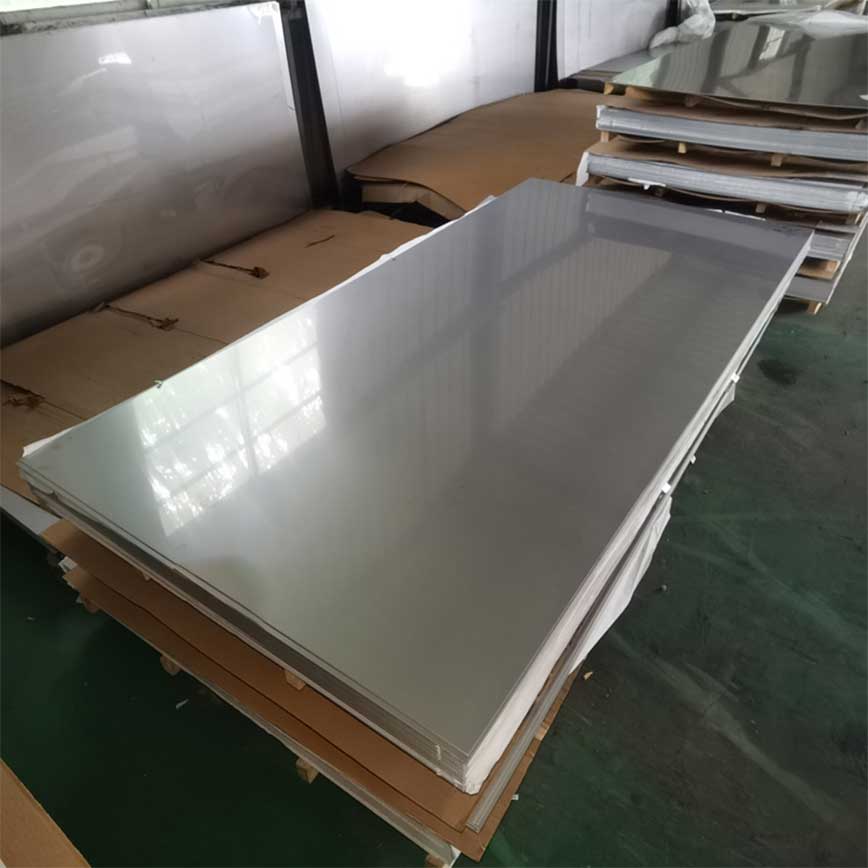
430 stainless steel is a universal steel with good corrosion resistance, better thermal conductivity than austenite, smaller thermal expansion coefficient than austenite, heat resistance fatigue, adding stabilized element titanium, good mechanical properties at the weld. 430 stainless steel used for building decoration, fuel burner parts, household appliances, home appliance parts. 430F is 430 steel with free cutting properties, mainly used in automatic lathes, bolts and nuts. 430LX add Ti or Nb in 430 steel, reduce the C content, improve the processing performance and welding performance, mainly used in hot water tank, heating water system, sanitary appliances, household durable appliances, bicycle flywheel and so on.
It is also known as 18/0 or 18-0 because of its chromium content. Compared with 18/8 and 18/10, it contains slightly less chromium and the hardness is correspondingly reduced.
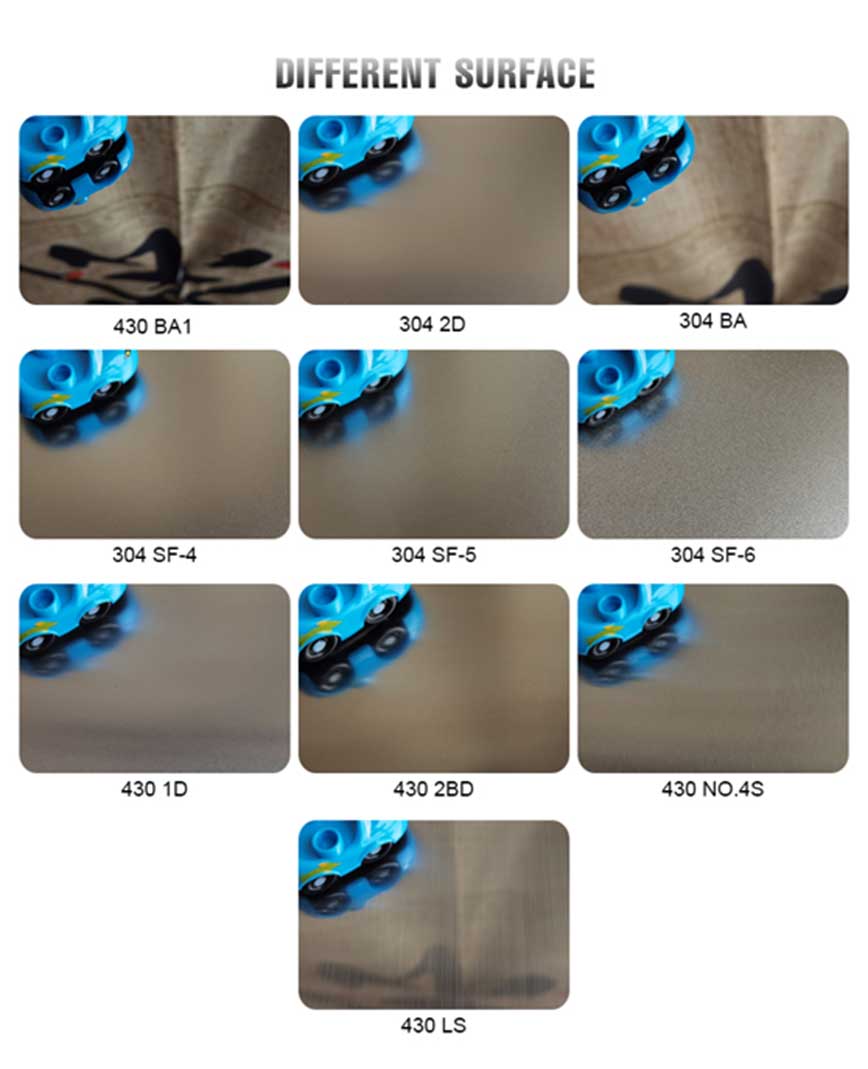
Surface level
430 stainless steel has the following states, the state is not the same, dirty and corrosion resistance is not the same.
****, 1D, 2D, 2B, N0.4, HL, BA, Mirror, and various other surface treatment states.
Characteristic machining process
1D - The surface has discontinuous granular shape, also known as fog surface. Processing technology: hot rolling + annealing shot peening pickling + cold rolling + annealing pickling.
2D - slightly shiny silvery white. Processing technology: hot rolling + annealing shot peening pickling + cold rolling + annealing pickling.
2B - silvery white with better gloss and flatness than 2D surfaces. Processing technology: hot rolling + annealing shot peening pickling + cold rolling + annealing pickling + tempering rolling.
BA - Excellent surface gloss, high reflectivity, like mirror surface. Processing technology: hot rolling + annealing shot peening pickling + cold rolling + annealing pickling + surface polishing + tempered rolling.
No.3 - good gloss, surface is coarse grain. Processing technology: 2D products or 2B with 100~120 grinding materials (JIS R6002) polishing and tempering rolling.
No.4 -- good gloss and fine lines on the surface. Processing technology: 2D products or 2B with 150~180 abrasive material (JIS R6002) polishing and tempering rolling.
HL - silver gray with streaks of hair. Processing technology: the 2D or 2B products are polished with appropriate abrasive materials to make the surface continuous grinding grain.
MIRRO - mirrors. Processing technology: 2D or 2B products with appropriate particle size grinding materials for grinding and polishing to mirror effect.
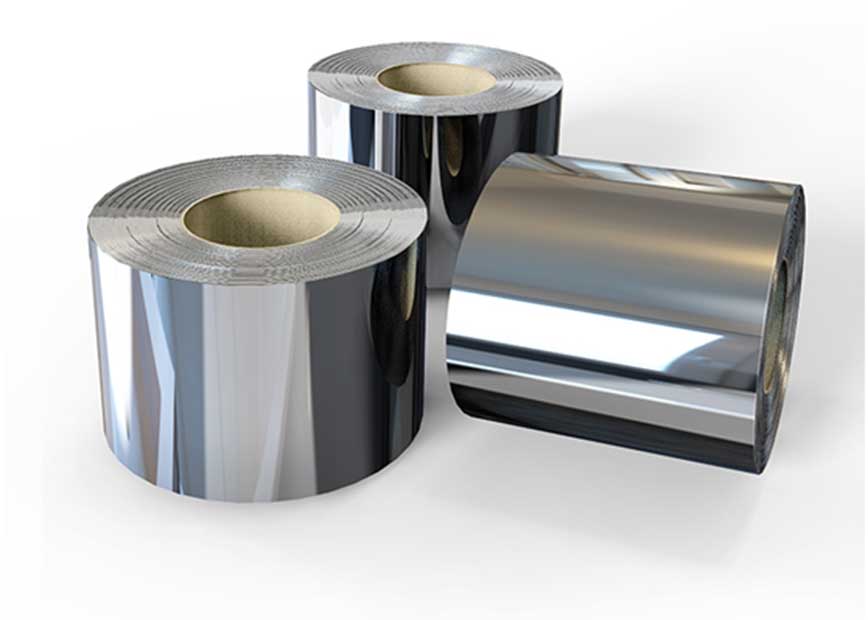
430 stainless steel has oxidation resistance to corrosion, but intergranular corrosion tendency.
430 stainless steel wire is widely used in axis.
As safe and non-toxic, widely used in food tableware.
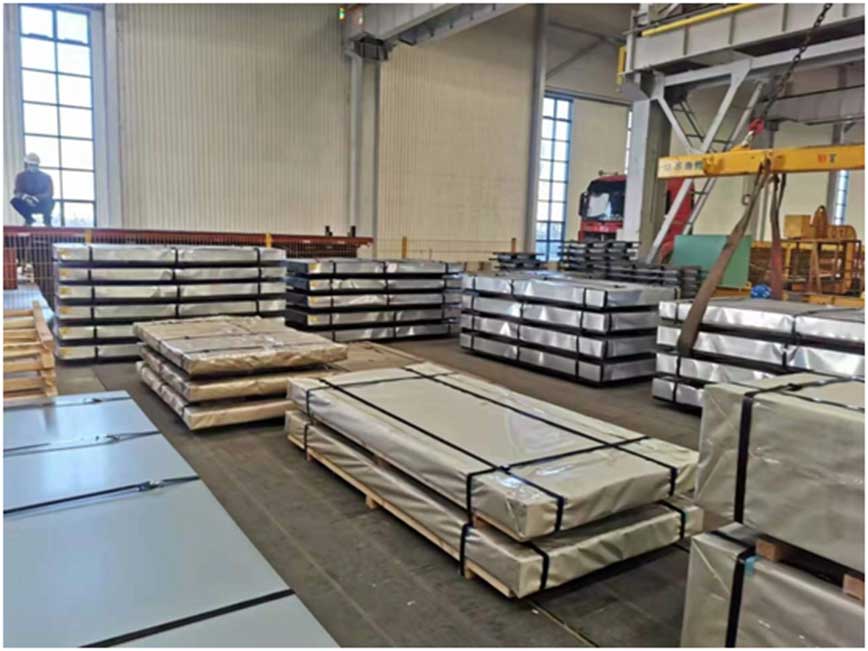
Products are widely used in construction, machinery, coal mining, chemical industry, electric power, railway vehicles, automobile industry, highways, bridges, containers, sports facilities, agricultural machinery, petroleum machinery, prospecting machinery, greenhouse construction and other manufacturing industries
The corrosion resistance of stainless steel coils decreases as the carbon content increases. Therefore, the carbon content of most stainless steels is low, up to 1.2%, and some steels have a low ωC (carbon content) of even less than 0.03% (such as 00Cr12). The main alloying element in stainless steel coil is Cr (chromium). Only when the Cr content reaches a certain value, the steel has corrosion resistance. Therefore, the goods Cr (chromium) content of at least 10.5%. Stainless steel coil also contains Ni, Ti, Mn, N, Nb, Mo, Si, Cu and other elements.
Most of the requirements for use are to maintain the original appearance of the building for a long time. In determining which type of goods to choose, the main considerations are the required aesthetic standards, the corrosiveness of the local atmosphere and the cleaning system to be used. However, other applications are increasingly seeking structural integrity or impermeability. Examples include roofs and sidewalls of industrial buildings. In these applications, construction cost to the owner may be more important than aesthetics, and the surface may not be very clean. The use of 304 stainless steel coils in dry interior environments is quite effective.
Weldability. Different product uses have different requirements for weldability. A class of tableware generally does not require weldability, even including some cookware companies. However, most products require raw materials with good weldability, such as second-class tableware, insulation cups, steel pipes, water heaters, water dispensers, etc.
Corrosion resistance. Most stainless steel coil products require good corrosion resistance, such as Class I or Class II tableware, kitchen utensils, water heaters, water dispensers, etc.
Polishing performance. In today’s society, stainless steel coil products in the production process are generally polished, only a few products such as water heaters, drinking fountains, etc. do not need to be polished. Therefore, this requires raw materials with good polishing performance.
1. The need for pre-treatment
Pretreatment is an important treatment step before the surface of
stainless steel coil parts enter surface treatment (including pickling,
chemical polishing and electrochemical polishing, electroplating,
passivation, black coating, coloring, chemical treatment, etc.). During
the forming process of goods parts, the surface may adhere to oil
stains, burrs, rough surfaces and oxides. Therefore, before surface
treatment, oil stains, burrs, uneven surfaces and oxides must be removed
in order to obtain subsequent satisfactory results through processing.
2. Treatment of removed dirt
Stainless steel coil surface pretreatment in the need to remove the dirt
can be divided into two categories: organic and inorganic substances.
(1) organic dirt. Including mineral oil (such as diesel, oil, paraffin,
gypsum, etc.) and animal oil, vegetable oil (such as soybean oil,
camellia oil, rapeseed oil, lard, butter, etc.). These oils are mainly
from the stainless steel coil zero cattle processing process used in the
lubricant. , cutting oil, quenching oil, polishing paste and polishing
paste, and fingerprints.
(2) Inorganic dirt. Including dirt, dust particles, oxides and other
contaminants generated during the heat treatment process.
3. Pretreatment steps for stainless steel coil parts
(1) The surface is mechanically leveled. Eliminate the roughness of the
stainless steel coil surface, through mechanical polishing and grinding
to achieve a surface finish.
(2) Degreasing. Remove the surface oil and dirt.
(3) Acid washing. Remove the oxides on the surface.
(4) Weak corrosion. Activates the surface to be treated, removes the
surface passivation film, and exposes the metal crystal structure.
Stainless steel is a high-alloy steel, with a large resistance to rolling deformation. In order to carry out high-efficiency and high-precision rolling, rigid rolling mills should be used, generally multi-roller cold rolling mill.
Special welding process is also a feature of cold-rolled stainless steel coil production.
In the production process of cold rolled stainless steel coil, the raw material (hot rolled coil) should be annealed, intermediate annealing should be carried out in the cold rolling process, and the final product should be annealed, so annealing is an important part of the production.
Cold-rolled stainless steel is a high-grade steel products, there are strict requirements for surface quality. Not only are metallurgical defects caused by the previous process not allowed, but also obvious defects caused by the cold rolling process.
Send your inquiry / assessment to Us. Anything need us ,please don’t hesitate contact us here! we will keep it secret for you !

Send your inquiry / assessment to Us. Anything need us ,please don’t hesitate contact us here! we will keep it secret for you !
